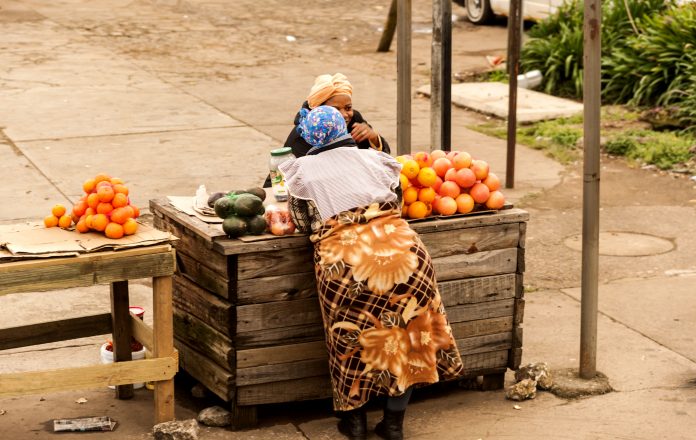The impact of climate change in South Africa can be seen in economic productivity, healthcare outcomes and labour availability – but what could it cost the population in the future, if left unchecked?
The CMCC Foundation and RFF-CMCC European Institute on Economics and the Environment (EIEE) and Athens University of Economics and Business, recently published in their investigation into how climate change could impact the GDP of South Africa.
Temperature rises across the globe have created shifting conditions for food security, with the tropical rain belt set to move drastically by 2100 and hydropower dams in Brazil creating difficulties for Indigenous groups who rely on fishing patterns. The changing climate has always been a crucial problem for communities attempting to feed themselves and upkeep their livelihoods.
But what about labour productivity itself?
Absent of the agricultural or livelihood insinuation, how could the fluctuating atmosphere impact the capacity of people to work at all?
The research finds that by 2100, the wage gap between high-skilled and low-skilled labour will be reduced. The lowest skilled labour will begin to receive more appropriate wages. This will be a consequence of the decrease in the relative availability of low-skilled to high-skilled labour due to the rising temperature, which increases the scarcity of such workers – and their economic value.
“The wage gap is closing because the wages of low-skilled workers are improving, and this is good news. But when you step back and look at the bigger picture, in the whole economy, something else is happening,” explains Dr Soheil Shayegh, a researcher at the CMCC Foundation and EIEE, the lead author of the paper.
“We see that economic damages are much larger. Climate change is not only impacting the labour supply: It is also damaging the productivity of all sectors.”
“Low-skilled labour” sectors are taking a hit
The increase in temperature naturally reduces the ability of people to work in sectors that usually have a high exposure to heat such as farming, construction, fishing and mining – areas which are referred to as “low-skilled labour.”
As you would expect, office workers are significantly less impacted by the temperature rise.
“We wanted to understand whether temperature changes affect how much people can work in a given week and if those who work inside have a climate advantage” explains Dr Shouro Dasgupta, a researcher at the CMCC Foundation and EIEE, co-author of the study.
“And this is something the findings confirmed: labour availability initially increases with temperature until it reaches its peak and then decreases as temperature increases beyond the maximum point.
“However, the optimal maximum temperature maximizing weekly labour supply is 26.2?C for low-skilled workers while it is 28.2?C for high-skilled workers. Those who work inside can work until the temperature is a little higher, because they are less exposed to heat.”
‘Marrying these two methodologies’
“In the literature, we find two research approaches that are clearly separate from each other” explains Dr Shayegh.
“One approach relies on empirical data and builds statistical relationships between indicators based on the data. This is what we used in the first phase of our research, building on survey data from the past to establish statistical relationships between temperature and labour supply. The other approach uses Overlapping Generations models, mathematical models that we use to forecast the future of our economies based on assumptions about decision-makers’ behaviour and choices, and usually not based on forecasted data.
“In this research, by marrying these two methodologies and building on survey data, we were able to answer a set of complex questions about the effect of climate change on labour markets that are interesting not just for South Africa, but probably for every country.”
Researchers say there is a world of other climate factors to explore
“It is important to note that we only considered the impact of climate change through gradual rising of average and maximum temperatures” specifies Dasgupta.
“Other climate factors such as precipitation, sea-level rise, or climate shocks such as floods or droughts are not considered in this study. Therefore, it is safe to assume that we have provided a conservative estimate of the climate change damages on productivity and welfare – in a scenario without climate action”.











